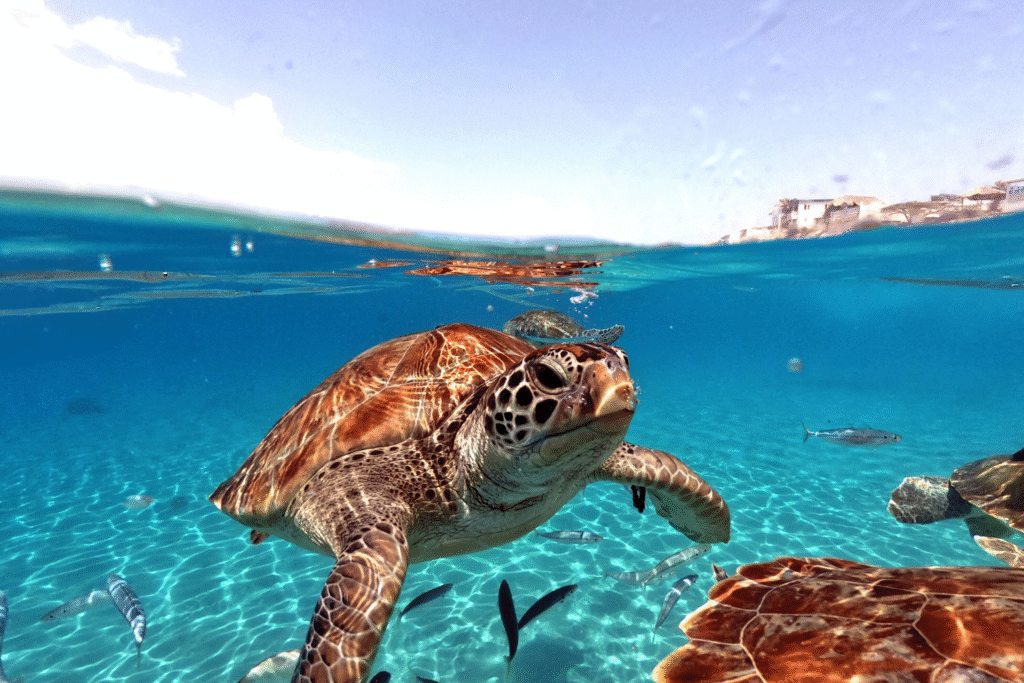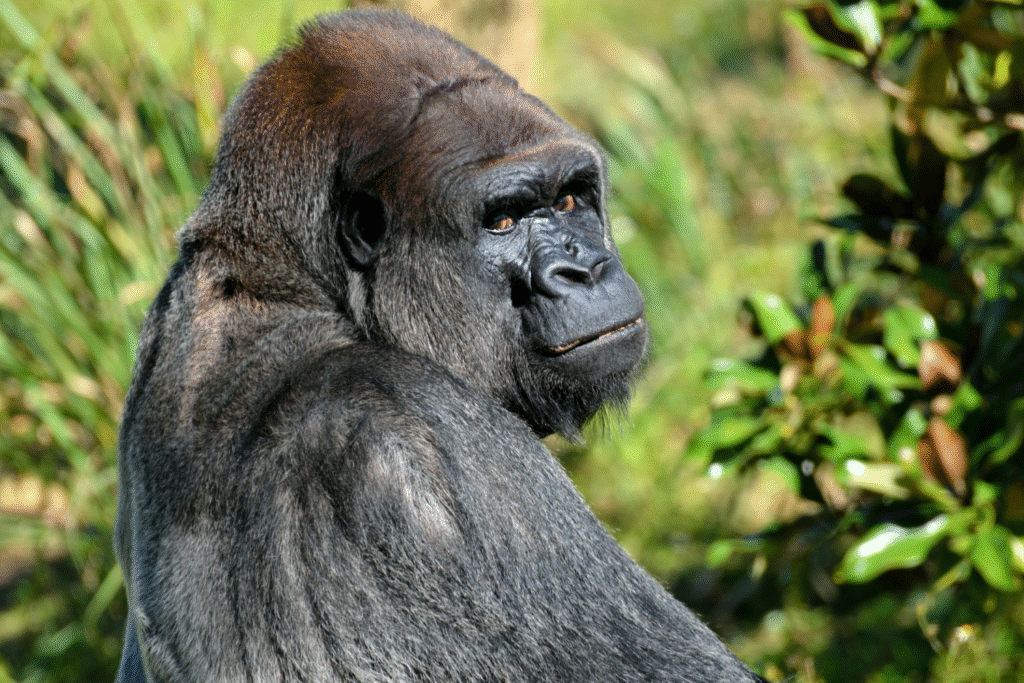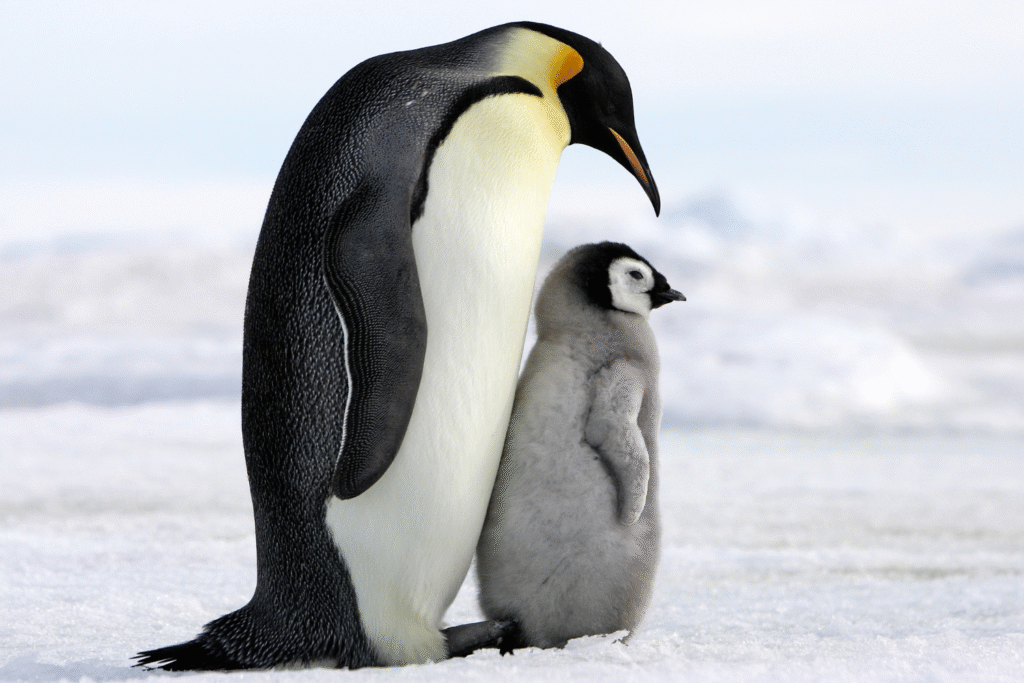This controversial perspective challenges everything we assume about our relationship with pets and farm animals.

Most of us grow up believing that domesticated animals are happy, natural parts of human civilization. We see dogs wagging their tails, cats purring on our laps, and cows grazing peacefully in pastures, assuming these relationships benefit everyone involved. The idea that domestication itself might be fundamentally wrong seems almost unthinkable to pet owners and animal lovers.
But a growing number of philosophers, ethicists, and animal rights advocates argue that domestication represents one of humanity’s greatest moral failures. They believe we’ve created entirely dependent species that can no longer survive without us, trapping billions of animals in relationships they never chose and cannot escape.




